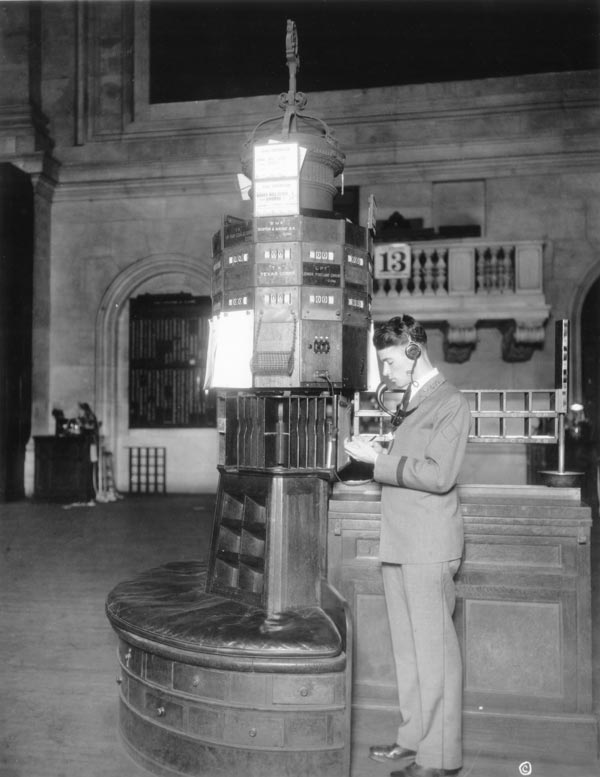

One afternoon in 1982, E.F. Hutton chairman Robert Fomon met securities market veteran Bill Lupien in a New York hotel room to test an electronic trading system called Instinet. Fomon had built up Hutton the old-fashioned way and was skeptical of new arrangements. Lupien instructed Fomon to call his trading department and place an order. “After you hang up,” Lupien said, “I’m going to buy the same quantity that you’re going to buy, and before you get your report back, I’m going to sell mine at a profit.” Lupien completed his transactions in seconds: Fomon smoked and paced for minutes until Hutton finally called him back. “This is the future,” Lupien said, “You should get in on the future.” Fomon did. 12

Fomon had to be shown, but it had long been understood that the future of the securities markets would involve automation. Congress certainly expected that. As Donald Weeden, a member of the National Market Advisory Board recalled, its mandate was “creating an electronic system that incorporated all elements of the marketplace.” 13 The chief concern was about “fragmentation:” the existence of multiple, opaque markets that rendered investors incapable of ensuring that they were getting the best execution at the best price. In the end, it was believed, the effort would yield the best of both worlds: competing markets tied together into a national system for price discovery—but first those disparate exchanges were going to have to automate. Because some did so early and others late, and because the NYSE wished to remain unintegrated and the SEC was unwilling to force the issue, fragmentation would continue to exist during the automation of the exchanges.
It began at the Pacific Coast Stock Exchange. By 1968, under pressure from the paperwork crisis, its back offices had all computerized, but exchange official Bill Lupien worried that the old manual floor operations would not be able to keep up. The result was the creation of the Securities Communication Order Routing and Execution System (SCOREX) for odd lots. The first electronic trade in history—in Occidental Petroleum—was made by Lupien on the newly-wired Pacific Coast floor. 14 Electronic trading caught on quickly, not merely because it was fast but because its speed resolved an eternal source of suspicion for investors—in manual markets, half of the time execution price was better than the quoted price, but half of the time it was worse—electronic trading addressed that uncertainty.
In 1974, the Cincinnati Stock Exchange was struggling to stay in operation. Weeden, then an odd lot specialist on the exchange, saw the future as clearly as Fomon later would. He convinced the exchange to build a quote system that would display multiple bids electronically. Eventually three other exchanges embraced the system. Although it was not full execution as on the Pacific Coast Exchange, even a quote system which “exposed them to toe-to-toe competition with the New York specialist” worried the other regionals. 15 By the late 1970s, all of the regionals employed fully electronic trading (although they still matched prices established on the NYSE).
(12) September 12, 2017, Interview with Bill Lupien, 43-44.
(13) November 4, 2010 Interview with Don Weeden, 46.
(14) September 12, 2017, Interview with Bill Lupien, 21.
(15) November 4, 2010 Interview with Don Weeden, 44.